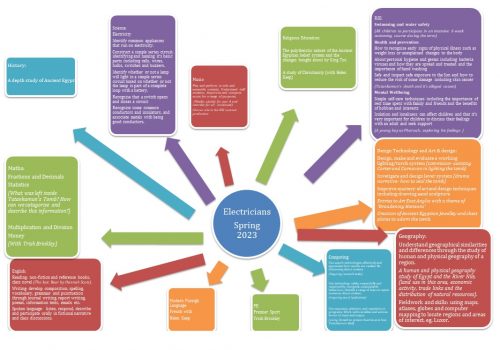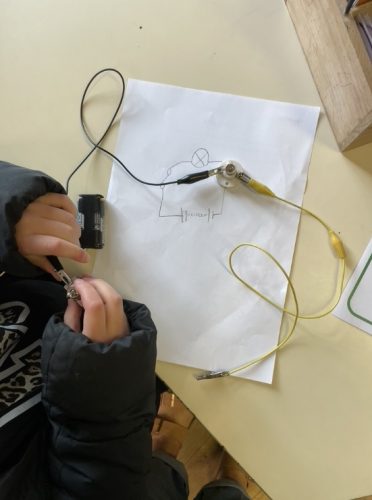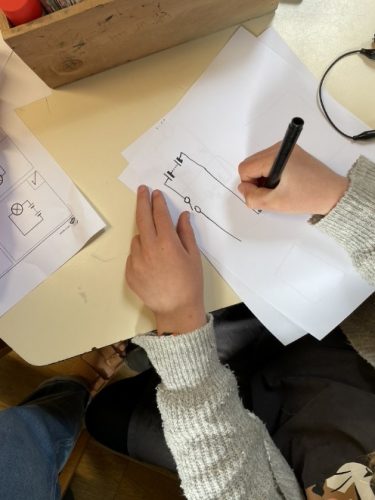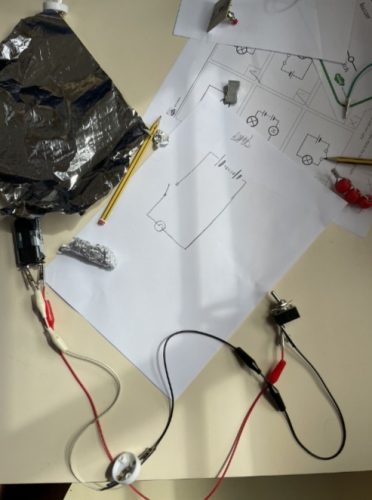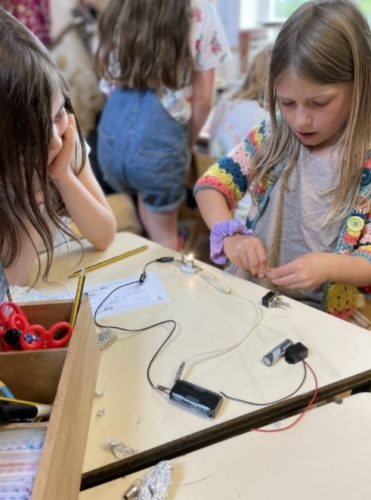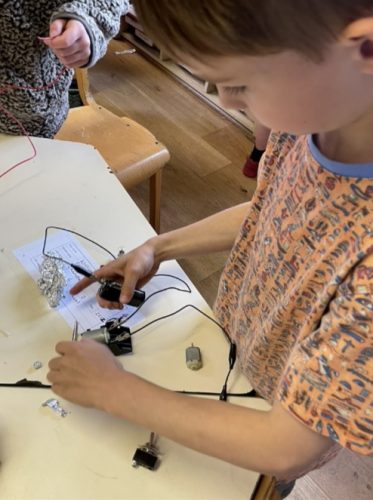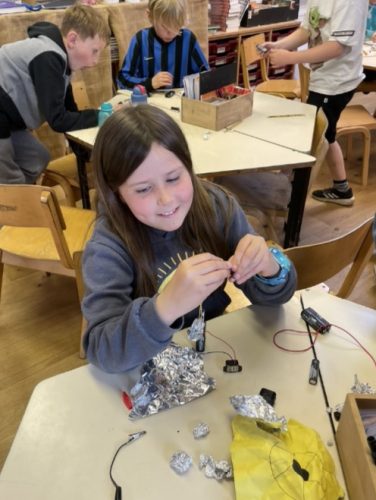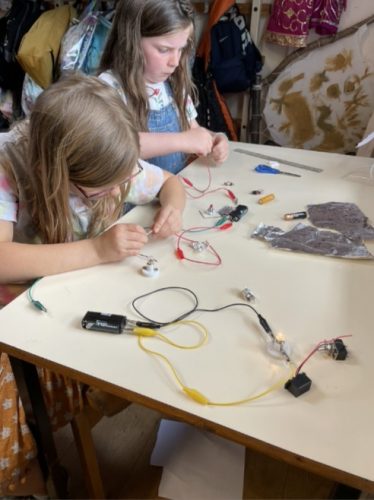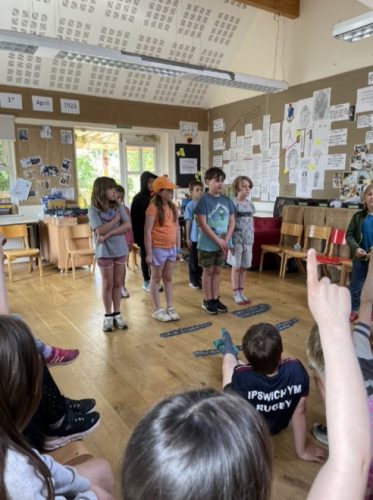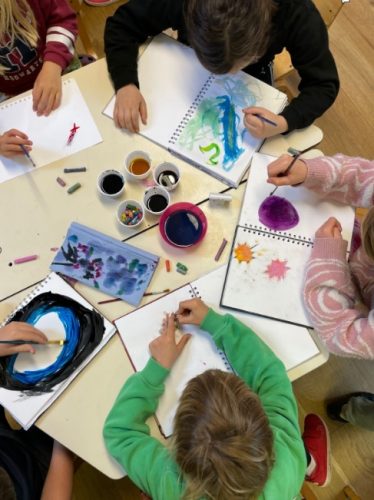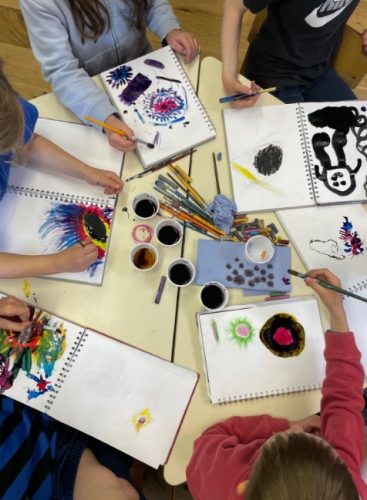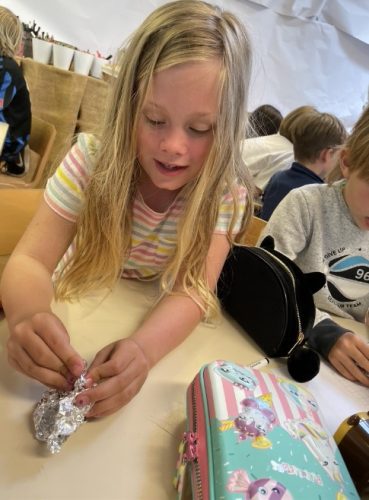18th April to 24th May
(Summer 1)
The year is 1923. It is 1st April.
The children are quick to notice the large date on the wall as they enter the room on the first day of term. Along with the date, they take the time to read the quotes and newspaper headlines which also adorn the wall. They note the following names: Howard Carter, Lord Carnarvon, Water boy, Tutankhamun. Who or what are these people? Why are they important? What is the link to the date 1st April 1923?
Is this where our newest adventure begins?
We share our prior knowledge, and conduct some reading of newspaper articles. We learn of the discovery of the young Pharoah’s tomb in Luxor, Egypt in 1922. Using drama, we explore the day of the discovery from the perspectives of Howard Carter (archaeologist), Lord Carnarvon (Egyptologist and financer of the dig), and the ‘Water boy’.
Pupils question why in each of the texts we have read, that the name of the Water boy is not given. Is it because he was not considered as important as the others? Children feel very strongly that this is wrong, especially given his pivotal role in the discovery; he found the steps to the tomb, after all! This frustration comes across in role, and later in the diary entries we write to reflect on the episode. Helpfully, one of the class does some reading at home in order to find out his name, and we all agree that from now on we shall refer to him by it: Hussein Abdul.
Later, we receive a Telegram.
TELEGRAM
1st April 1923
Required –(stop)-
Immediate start –(stop)-
Reliable and trustworthy firm to provide lighting system for underground dig in Luxor Egypt –(stop)-
Telephone: Luxor 951 -(stop)-
Questions and thoughts include:
· We are in 1923! This is our company!
· Are we electricians?
· What is our job?
· Did they have electrical things then?
· How do we get to Luxor?
· How can we get lighting underground?
· How can we make light?
· Is it safe?
Out of role our company is formed, our name (Light up the World) decided, and our logo created. We decide we must know the basics, given that several of the team are concerned about safety having heard that electricity is dangerous. We learn about the do’s and don’ts of electrics and use this knowledge to inform a set of safety rules and procedures. We create equipment and signs, too.
We take the time to address the question about electricity in 1923. We look at electricity ‘Then and Now’, and are astonished by some of the devices we use now compared to 100 years ago! We build our knowledge further by learning about battery and mains powered appliances and devices. We group and categorise them.
Back in role we telephone the number on the Telegram and speak to Mr Arthur Callender (Carter’s assistant- teacher in role). We learn that we are to travel as soon as possible to Luxor, and that as the dig expands through the entirety of the Tomb, that new and better-quality lighting is required. Children note that Mr Callender is quick to reassure us about safety underground. He mentions that things are a bit chaotic as a team member is ill, but says there is nothing to worry about- just a mosquito bite…
We step away from our drama episodes to familiarise ourselves with the layout of the tomb; lots of questions about all the different chambers and treasuries arise- we shelve them for the moment and resolve to come back to them. We investigate circuits and design the lighting system. We plan our journey to Egypt and use atlases to acquire information about climate, population, major cities and landmarks etc.
The day of arrival dawns. In role as the team, on board the ship which will soon be docking, we speak our thoughts. Some are apprehensive. They have never travelled to a foreign country before! Others are worried about the heat and the mosquitos. Some are thinking about the job ahead; hoping that they are able to complete it successfully. Others are excited to meet the famous Howard Carter who they have been reading about in the newspapers. Skipping ahead in the narrative, we arrive at the dig.
We instantly know that something is wrong from the look on the face of Arthur Callender (Teacher in role). He tells us that early yesterday morning, Lord Carnarvon (the financer of the dig) died of an infection following a mosquito bite. What’s worse than this is that the international press has picked up on the story and are saying that “The Mummy’s Curse” killed Carnarvon.
Many thoughts and questions arise:
· We can’t go into the tomb now- we will be cursed too! Emma
· It must be a curse because the archaeologists took the treasure. Bertie
· You just believed whatever you read in the papers 100 years ago, it isn’t like it is now. Jude
· Who put the curse on? Was it his family protecting him? Emily
· Has Tutankhamun’s soul come back? Arthur
· Tutankhamun and Lord Carnarvon both died from mosquito bites! The bites must be a part of the curse. Theo
· The curse isn’t real, it’s just bad luck. Scott
We have a discussion about whether or not the curse could be real, and decide that in order to make our own judgements that we should know a little more about Tutankhamun and his death. We conduct reading and research into this, and produce information reports. We learn that he was just 8 or 9 when he became Pharaoh, and just 19 when he died unexpectedly. We learn that over the years there have been several theories about how he died.
Back in role, children are invited to step back in time to the moment that King Tut’s body is laid out, ready to begin the preparations for burial. We are told by a priest (Teacher in role), that we have been specially selected to help prepare the body.
Children speak out to identify themselves. In the room there are several personal friends of the Pharoah. There is a High Priest, some scribes, some slaves and interestingly… one pupil in role identifies himself as Tutankhamun’s ‘ex’ best friend.
Children are given time out of role to research the preparation. When we re-enter the narrative, we see children in role representing carrying out the embalming process, wrapping and stuffing the body, and transferring the organs into canopic jars. When activated to speak, we are able to hear the hushed conversations being had during this prep. Some are grieving and speaking of how sad they are about the unexpected death of their King. Others are feeling rather squeamish about the process. Several are questioning how he died and discussing the rumours that have been circling- that the King was assassinated!
One pupil in the room is positioned with his back to the body. When activated to speak, he explains he was distracted from his preparation because he has found something- the remains of another body….
Whose remains are present at Tutankhamun’s burial? Why are they there? How did they get there? Who is his ‘ex’ best friend and why is he attending the burial preparations? Why did they fall out?
Check out the pictures below for an insight into classroom life this half term:
